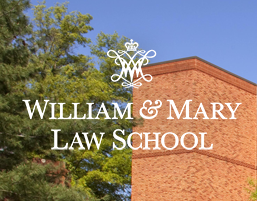William & Mary Environmental Law and Policy Review
Abstract
Part I of this Note will provide a brief overview of the current methods and scientific breakthroughs that are actively being pursued by private actors (particularly the bioengineering company Colossal Biosciences) to make de-extinct creatures, establishing the crucial point that any technique used to create such an animal will inherently fall short of being able to replicate an extinct species with any one hundred percent accuracy. This section will then briefly speak as to why private actors are looking to invest in de-extinction technologies in the first place, setting out how de-extinction technologies might one day prove incredibly profitable for the investors and companies bold enough to pursue them. Part II will then address the critical issue of whether or not the product of nature doctrine in American patent law inherently limits the patentability of de-extinct animals generally, largely seconding the conclusions of seminal scholars that at least the first generation of de-extinct creatures to be born will more likely than not be determined to be patent eligible by the relevant legal bodies. However, Part III will conclude this Note by arguing that once a viable population of de-extinct animals has been established and released into the wild, any de-extinct creature produced through natural means of reproduction would be barred from patentability under the product of nature doctrine, potentially limiting private actors’ long-term capacity to economically exploit the resulting animals born of such genetic lineages.
This abstract has been taken from the author's introduction.

